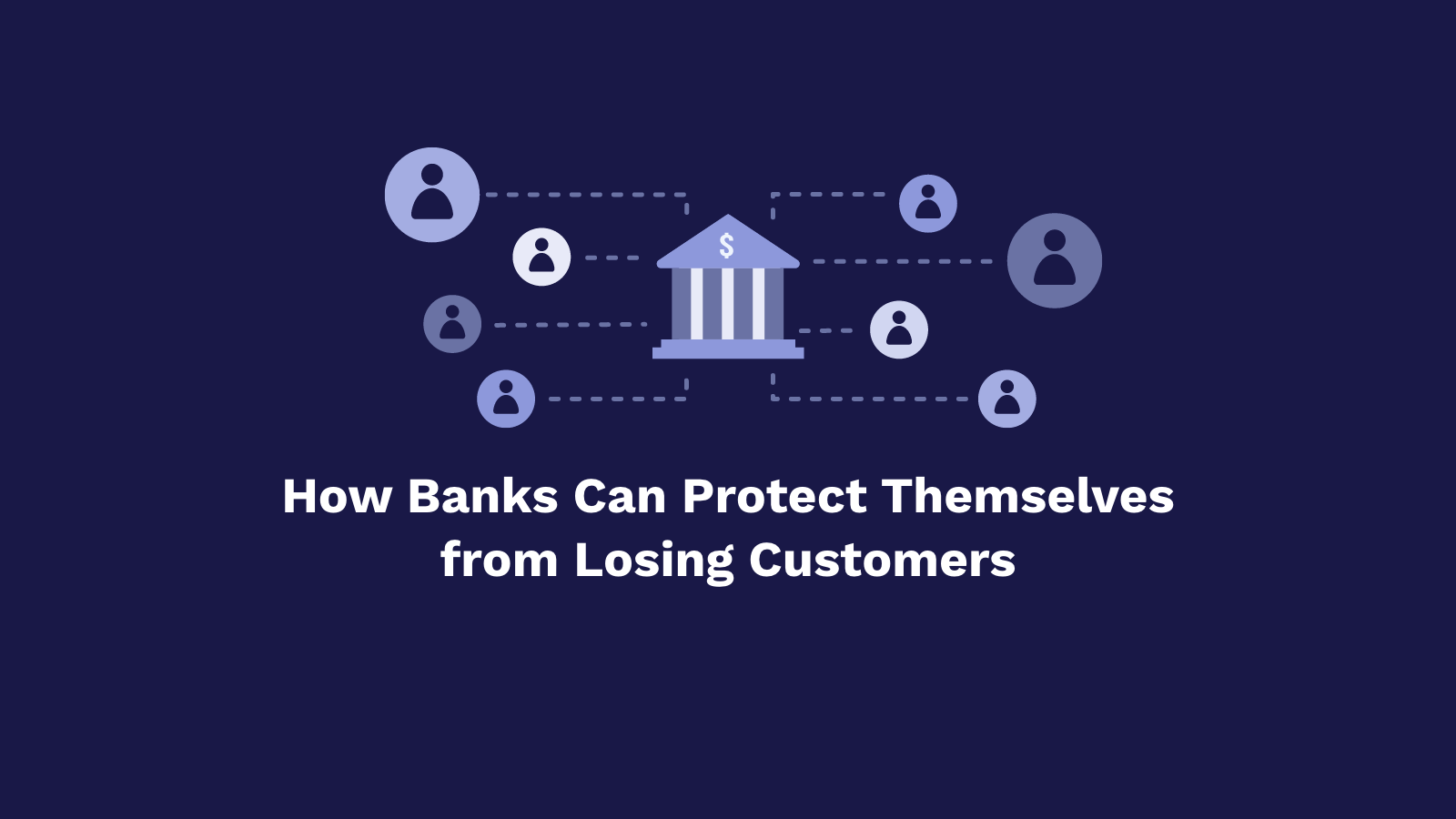
How Banks Can Protect Themselves from Losing Customers
It wasn’t long ago that banking customers would remain loyal for life. That’s not because they were happy with their service – many just didn’t have a choice. Historically, financial institutions have made it difficult for people to open accounts elsewhere, and there wasn’t much of a differentiation between what banks offered anyway.
Over the last few years, and even more so since the pandemic has gravitated to increasingly digital experiences, that’s started to shift. People are much more knowledgeable about what they want from the companies they interact with and they’re not afraid to make a change. According to data software company V12, just 9% of U.S. consumers are loyal to the brands they’ve typically associated with. It’s no different with banks, with software company Mulesoft finding that in 2019 49% of consumers between 18 and 24 either switched banks or have considered switching banks in the previous 12 months because they were seeking a better digital experience.
At the same time, a plethora of fintech companies, including robo-advisors, online banks, business banking–focused platforms and others, are now offering far better banking-related experiences. With global fintech revenues expected to reach $500 billion by 2030, up from $150 billion in 2018, more disruptive banking experiences are on their way.
It’s only a matter of time until banks see the same kind of churn as retailers, with people moving to the companies with the most innovative digital offerings and experiences. Indeed, the urgency for banks to evolve has never been greater. In a report that came out in May 2020, McKinsey and Company said that the world “has vaulted five years forward in consumer and business digital adoption in a matter of around eight weeks.” Imagine how much more digital we’ve become since.
So, how can banks protect themselves from losing customers? Here are three ideas.
Create a more innovative culture
While banks are trying to become more noble and innovative, it’s not easy to change a culture that’s been around for decades. That said, these institutions have to move more quickly and they can’t just expect innovation to happen. Many still need to move their processes to the cloud, they need to embrace partnerships with fintechs and they advocate for open banking. Innovation is about more than creating a new app – it’s a mindset and way of being.
Embrace embedded banking
The future of the finance industry is embedded banking, which is when a person can open an account, take out a loan or transact in another way through a non-bank website. Shopify merchants, for example, can now take out loans and open business bank accounts right from the ecommerce company’s site. There’s no more going to the bank to get a loan to fund an online business – it can all be done in one place. Banks must embrace this idea before it’s too late. How? By working with fintech companies, such as FISPAN, that have the APIs and tools to connect the bank’s systems with their corporate client’s technology. Many business owners would like to run payroll right from their enterprise resource planning systems instead of having to log into their bank account. FISPAN can make that kind of transaction happen.
Make onboarding easier
There’s one surefire way to turn a customer off your brand: make it hard for them to interact with your company online. Too many banks still have clunky digital experiences – if someone can’t apply for a loan within minutes, they’ll give up and go elsewhere. Keeping customers means creating quick, easy and comprehensive onboarding experiences. While some may need to revamp the client journey, others can work with a fintech to improve onboarding. FISPAN, for instance, has developed a way for business clients to transact with their bank from their ERP system in a way that’s streamlined and simple to do. In a matter of minutes, business customers can be interacting with their bank without any frustrating delays.
There are other ways to protect yourself, such as partnering with other companies that have created services that your clients demand and that you may not have developed yourself. Ultimately, though, now’s the time to make a move. The pandemic has made everyone more digitally savvy and that’s not going to change when COVID-19 eventually ends. If you can improve your efficiency, enhance the customer experience and work with others to offer more services, then your customers will be happy to stay put.

